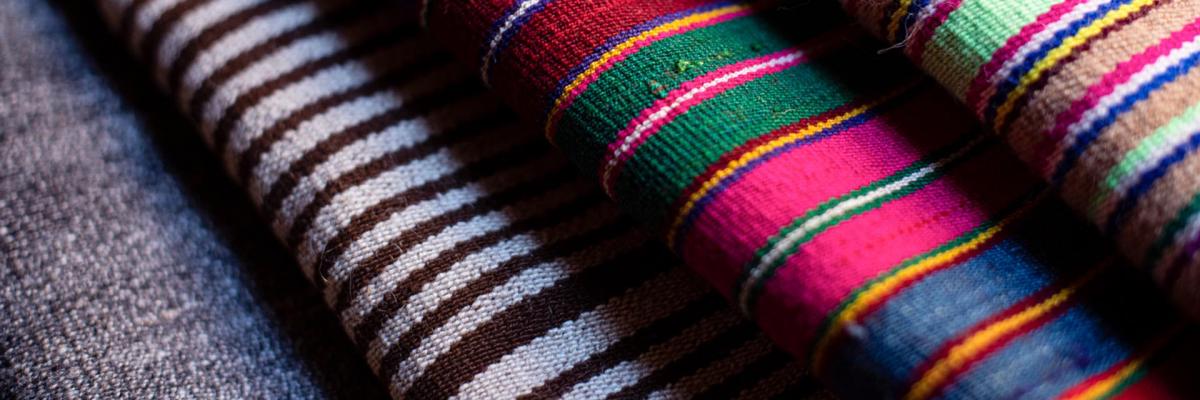
When discussing Latin American textiles, we must first address the import and export agreements that govern those types of trade. There are three main free trade agreements that cover textiles from Mexico and Central America, and they are examined below.
What Are the NAFTA and USMCA Agreements?
The North American Free Trade Agreement (NAFTA) is a trade regulation that was established in 1994. NAFTA was originally an effort to bring Canada, the U.S. and Mexico together economically and politically. Mexico became the first Latin American country to export textiles to the U.S.
NAFTA has since been replaced by the United States-Mexico-Canada Agreement (USMCA) which was finalized in 2020. USMCA has additional regulations on auto manufacturing, labor laws, dairy farmers, digital era, environment and biologic drugs.
Both USMCA and NAFTA specify trade regulations on textiles as a United States import and Latin American export. The following important categories cover information regarding textiles from Mexico:
- The Rules of Origin ensure that most of the production of textiles and apparel occur in North America. Fibers and/or yarn, including the subsequent fabrics and apparel, must originate in a NAFTA region.
- Tariff Elimination establishes a timeline for specific tariffs to end on trades of textiles from Mexico to the U.S.
- Special Regime covers apparel assembled in Mexico from fabric that was formed and cut in the U.S.
What is CAFTA-DR?
Latin American textiles from countries other than Mexico have a different set of regulations to govern those imports. The regulation that addresses trade with Central American countries is known as the Dominican Republic-Central America Free Trade Agreement (CAFTA-DR). Countries involved in this agreement include Costa Rica, El Salvador, Guatemala, Honduras, Nicaragua and the Dominican Republic.
CAFTA-DR was signed into effect in 2004 and included the various Central American countries in waves – El Salvador, Guatemala, Honduras and Nicaragua in 2006, the Dominican Republic in 2007 and Costa Rica in 2009.
CAFTA-DR Provides a Safeguard for the U.S.
The countries involved in the CAFTA-DR agreement must maintain the following five standards to remain Latin American textile exporters to the U.S.:
- Operate with flexibility and quick response to market changes
- Offer versatility in production and supply chains (e-commerce and drop shipment)
- Work as a regional coordinated supplier of yarns, fabrics and apparel (verticality in supply chains)
- Capitalize on their proximity to, and free trade agreements with, the U.S. and Canada
- Provide complete supply chain visibility to demonstrate that no forced labor is used
CAFTA-DR also allows for tariffs to be reimposed on textiles if import surges increase the risk of damage or if damage occurs.
Latin American Textiles by Country
Here is a quick overview of the Latin American textile imports for each country involved in USMCA and CAFTA-DR trade with the U.S. in 2018 and 2019.
- Costa Rica: Textiles were not a top import category in 2019.
- Dominican Republic: $507 million in knit apparel as imports to the U.S.
- El Salvador: Responsible for 3% of the textiles and clothing imports to the U.S. Top imports included $1.6 billion in knit apparel and $214 million in woven apparel.
- Guatemala: Imports to the U.S. included $1.2 billion in knit apparel and $262 million in woven apparel.
- Honduras: Top imports to the U.S. included $2.4 billion in knit apparel and $490 million in woven apparel.
- Mexico: The largest market for textile and apparel trade with the U.S. with over $2.58 billion in total textile and wearing apparel imports.
- Nicaragua: $1.3 billion in knit apparel and $508 million in woven apparel were the top two imports to the U.S.
For more information on the Latin American Textile trade, or for export finance solutions, contact RTS International today.